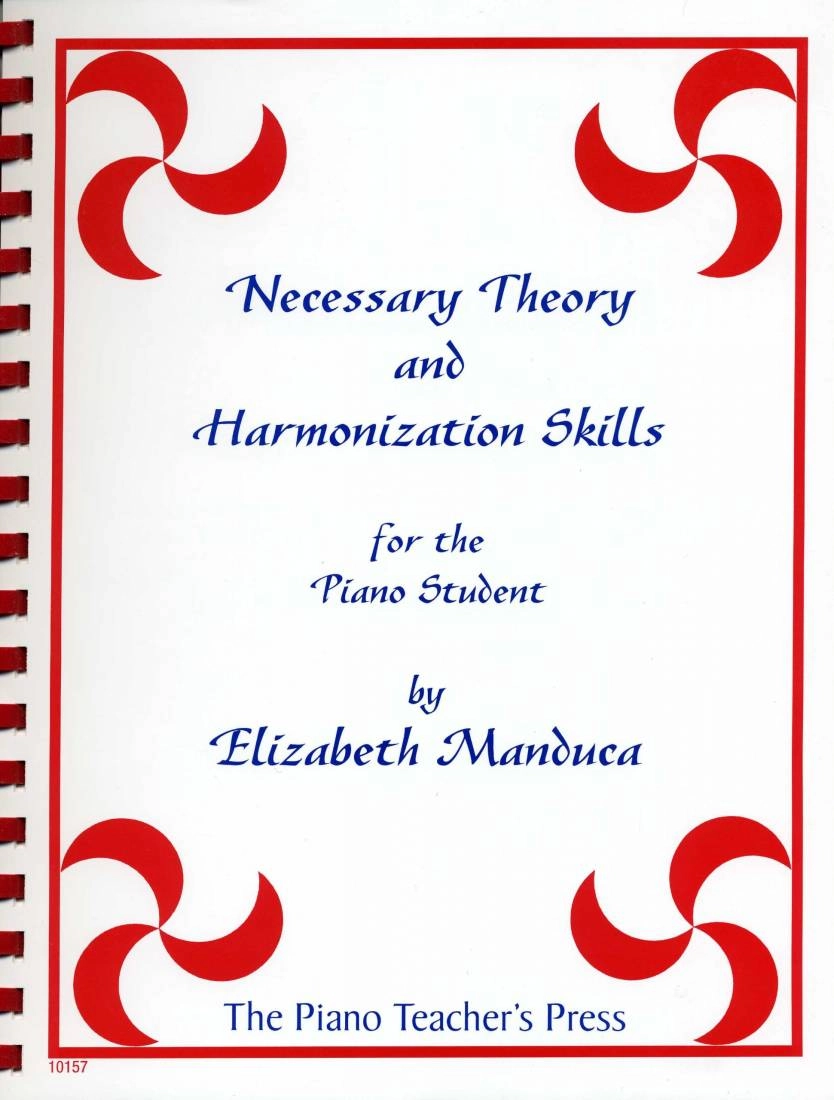Opens in a new window
Manduca Music Publications Necessary Theory and Harmonization Skills for the Piano - Manduca - Piano - Book

- Author/Composer:
- MANDUCA, ELIZABETH
- Instrumentation:
- PIANO
- Model #:
- 10157MM
Format: Book
Instrumentation: Piano
Book One - Major Keys. This text sets out to give the student, through many exercises, a solid foundation in scales, arpeggios, chords in every major key-all inversions, harmonization of folk tunes in both solos and ensembles, and creative composition drills.
Chapter 1 gives the major scales and arpeggios for one and two octaves, all chords and inversions in each major key, fingering tricks and chord exercises. The chord progressions I IV V I and I vi ii V I are printed with the student finding all the common tones. A composition exercise follows each series of chords. The secondary dominant is given with all of its inversions. A folk song or well-known song follows with sample bass parts and the student is instructed to finish writing in bass lines or block accompaniments. In some cases, the student needs to create the tune based on the harmonic progression. Every major key is included. A chord chart is included listing the major, minor, diminished, augmented triads, major seventh, minor seventh, half and full diminished and augmented seventh chords in all keys. The Tunes to Harmonize chapter contains eight folk songs written in the key of C. The student transposes the tune to another key and harmonizes it. A page of examples of harmonizations is included. The chapter that follows contains five more tunes but with more harmonic variety. The Harmonic Analysis chapter contains 7 classical piano pieces. The student is instructed to label the chords and functions, know what chord tones and non-chord tones are, and analyze the cadential structure. The ensemble chapter contains five ensembles partially written out with specific instructions as to how the student needs to create either a harmony part, bass line or new melody part. The secondary dominants chapter contains 7 songs that contain secondary dominants. The student has to label the chords based on a given sample, write in the functions, create bass lines and harmony parts, write new melodies over the given progression and make an arrangement of the Star Spangled Banner.
Q & A
There are currently no questions for this product.
Reviews
There are currently no reviews for this product. Be the first to write one!




